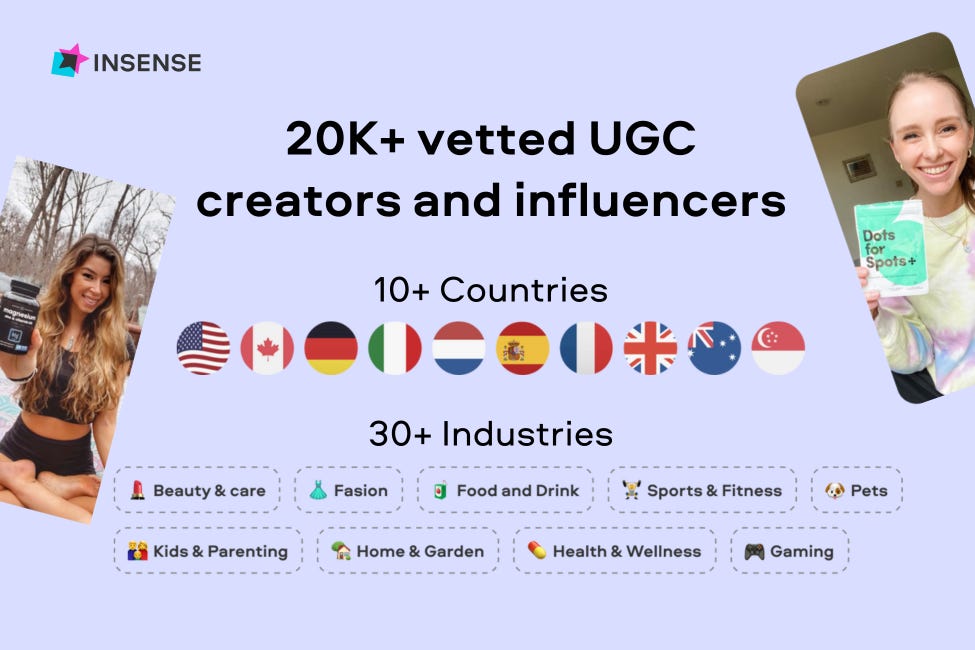Over-Tested Ads: The Silent Killers
🛒 Exploring The Hidden Pitfall of Over-Testing Ads

Howdy Readers 🥰

huh?
In this newsletter, you’ll find
🧪 The Hidden Pitfall of Over-Testing Ads
📱 Is Social Media the New Google? Generational Shifts in Search Behavior
🛡️ Google Guides Advertisers on Data Privacy Compliance
TOGETHER WITH INSENSE
Want to cut your influencer outreach time to zero?

Tired of wasting hours on influencers who don’t respond to your dms or emails?
Want to ditch the clumsy campaign spreadsheets? You need Insense.
Insense is the end-to-end solution for UGC and influencer marketing campaigns, trusted by 1,700+ DTC brands and agencies, including:
WaveBlock - generates 300+ UGC assets per month for TikTok and Instagram
Any Age Activewear - got matched with 50+ year-old creators within 2 days and received 50+ UGC assets within 2 weeks
Easy A Media - Ran product seeding campaigns for various brands in different niches, which generated 100+ UGC assets within 2 weeks
It gets even better - Insense can also provide you with a dedicated platform manager to scale your UGC production and influencer campaigns, saving 40+ hours each month.
Book a free strategy call by June 14 and get $200 for your first campaign.
ADS
🧪 The Hidden Pitfall of Over-Testing Ads
Insights from Deividas Tokaris
Testing is crucial, but over-testing can hurt your ad performance.
Wait, what?
We all know about the importance of testing. But people need to talk about its impact. The reality is that most tests fail. Advertisers with the highest success rates outbid the competition.
So, how do you navigate this?
Two approaches:
Test more and kill faster.
Test less but with higher quality.
Finding the balance is key.
Allocate 20% of Budget for Creative Testing
